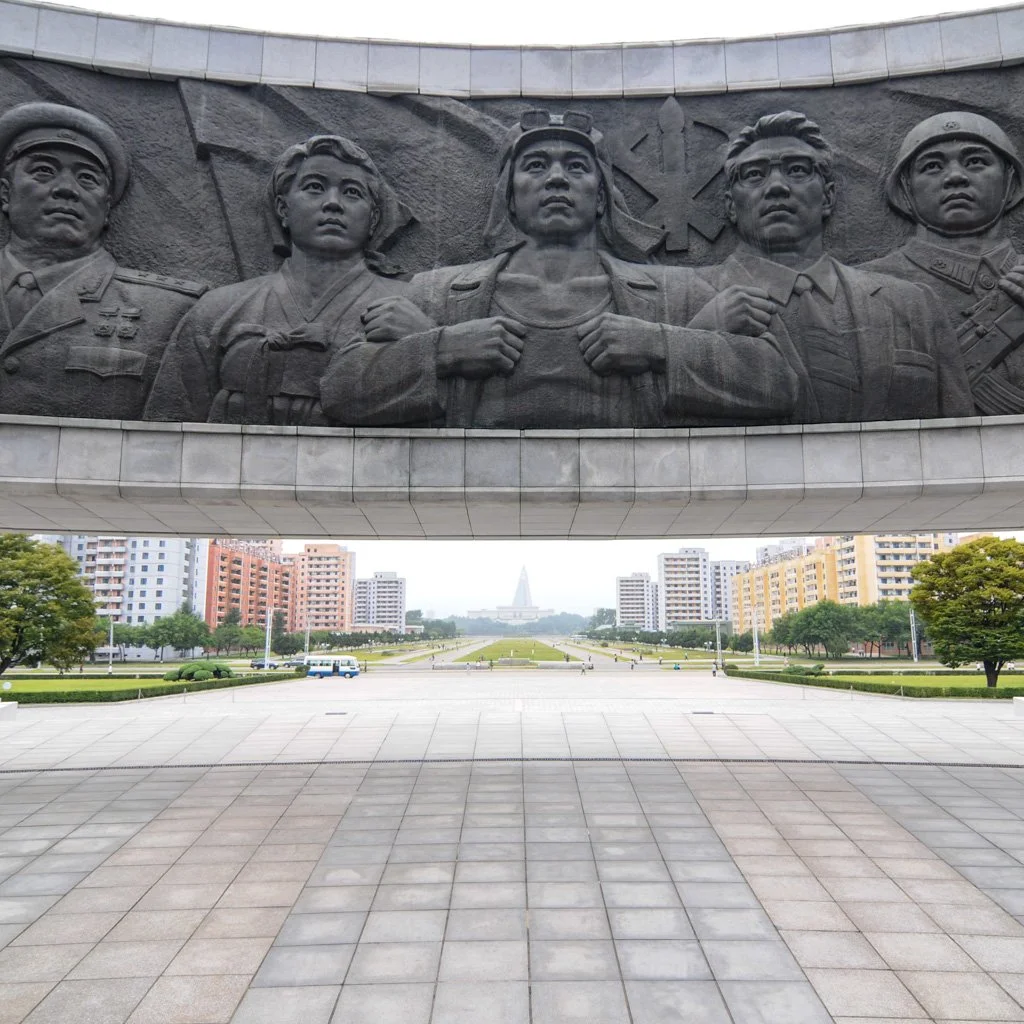Jilin is accelerating development of border tourism by opening a new way to North Korea
Link: http://www.cet.com.cn/xwpd/shxw/1461423.shtml
From: China Economic News
Date: 02/03/2015
According to China News Service from Changchun, Jilin, which borders North Korea, the province is currently accelerating the development of cross-border tourism. According to information from the local tourism administration, Jilin is improving the diversity of tourism products, by emphasizing aquatic tourism on the Tumen River and a second self-driving route.
The aquatic tourism on the Tumen River will come out by the end of the year. From Fangchuan, the intersection of North Korea, Russia and China, to Yangguanping, the first stage will include sightseeing on the river. Tourism products related to ice for winter travellers will later be developed.
The second self-driving route will pass through Chanban port for departure, arrive in Samjiyeon in North Korea, and then to the eastern slope of Mount Changbai (also called Mount Baekdu).
________________________________________________________________________________
Tumen SEZ is actively perfecting its facilities and policies, in order to stimulate the fast growing of North Korean industrial zone.
Link: http://www.mofcom.gov.cn/article/difang/jilin/201502/20150200892649.shtml
From: Ministry of Commerce of the People’s Republic of China
Date: 02/09/2015
In recent years, Tumen SEZ insists on the principle of government-leading, and promotes the healthy and fast development of China-North Korea Tumen Industrial Zone through four initiatives.
First is strengthening the construction of supporting facilities. A 21,000 m² comprehensive building that provides living place for 3,000 people has been built. A 9,000 m² dorm building is going to be built to satisfy the needs of North Korean workers.
Second is perfecting the management system. A management system that includes 15 points on North Korean workers lives, such as management, employment, health and security, will be regulated through rules and policies like “Proposals of Managing North Korean Workers”.
Third is highlighting humanistic management. The habits, festivals and customs of workers will be fully respected by adding holidays for both traditional and local North Korean festivals.
Fourth is strictly examining enterprises. The SEZ will insist that corporations with harsh environment, unprofessional skills of management and unfamiliarity with Korean culture will not be provided with opportunities to invest. Up to now, corporations have provided North Korean technicians and workers daily necessities, food and clothes for changing seasons.
Translations and Summary by Wang Xingyu

















